Outdoor or Indoor Landscape Lighting Transformer
eonibm
13 years ago
Featured Answer
Sort by:Oldest
Comments (15)
dim4fun
13 years agoeonibm
13 years agoRelated Professionals
Brooklyn Furniture & Accessories · Carlsbad Furniture & Accessories · Chicago Furniture & Accessories · Fort Wayne Furniture & Accessories · Lebanon Furniture & Accessories · Van Nuys Furniture & Accessories · Kendall Furniture & Accessories · Mount Vernon Interior Designers & Decorators · Jeffersonville Decks, Patios & Outdoor Enclosures · Knoxville Decks, Patios & Outdoor Enclosures · Lauderdale Lakes Decks, Patios & Outdoor Enclosures · Prichard Decks, Patios & Outdoor Enclosures · Provo Decks, Patios & Outdoor Enclosures · Towson Decks, Patios & Outdoor Enclosures · Vero Beach Decks, Patios & Outdoor Enclosurestexaskitchentoo
13 years agodim4fun
13 years agoeonibm
13 years agoDavidR
13 years agobrickeyee
13 years agoeonibm
13 years agoyosemitebill
13 years agobrickeyee
13 years agoyosemitebill
13 years agobrickeyee
13 years agoyosemitebill
13 years agoelinaalbert
10 years ago
Related Stories

BEFORE AND AFTERSSee 6 Yards Transformed by Losing Their Lawns
Wondering whether a turf lawn is the best use of your outdoor space? These homeowners did, and they found creative alternatives
Full Story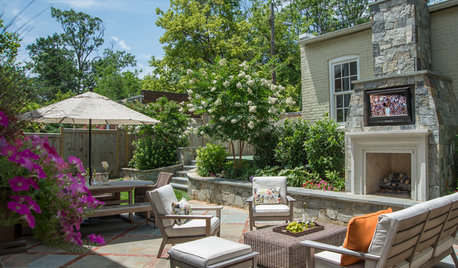
PATIOSTerraces, New Plantings and Basketball Transform a D.C. Backyard
Bluestone and brick surfaces, a fireplace, a green-and-white plant palette and a new sports court suit a family’s outdoor lifestyle
Full Story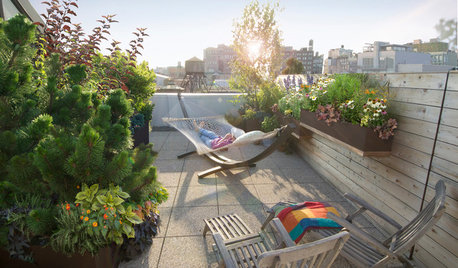
GARDENING AND LANDSCAPINGHigh Life: 10 Ways to Transform Your Rooftop
There's a big, flat world to create up there, be it humble or haute
Full Story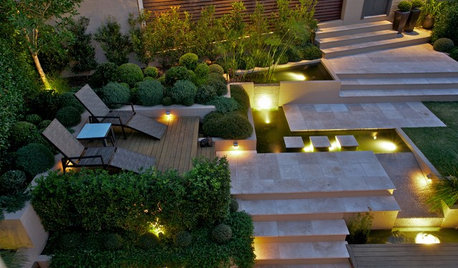
LANDSCAPE DESIGNGarden Levels Transform a Steep Slope in Australia
From unusable to incredible, this outdoor area now has tumbled travertine, water features and mod greenery
Full Story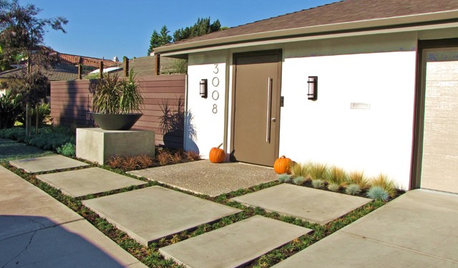
CURB APPEAL8 Amazing Home Exterior Transformations
Witness the facelifts, paint jobs and other changes that turned these homes from drab to fab
Full Story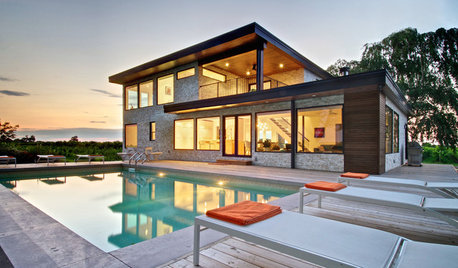
HOUZZ TOURSMy Houzz: Midcentury Modern Style Transforms a Vineyard Bungalow
Spectacular surroundings and iconic design inspiration meet in a major overhaul of a 1960s Ontario home
Full Story
PATIOSPatio Details: Color and Industrial Touches Transform a Narrow Spot
A roll-up garage door connects a San Diego home to the outdoors and its new patio dining area and colorful mural
Full Story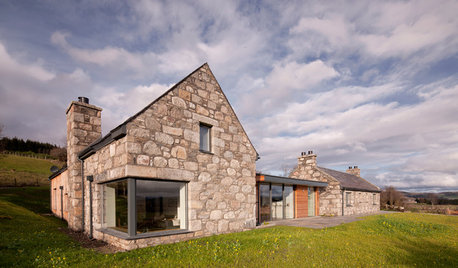
FARMHOUSESHouzz Tour: A Scottish Farmhouse Creatively Transformed
A dilapidated stone cottage and barn are reimagined as a contemporary home, inspired by the landscape
Full Story
GARDENING FOR BIRDSWild Birds Transform a Woman’s Garden and Life
How Sharon Sorenson created a wildlife haven and became the Bird Lady of Southern Indiana
Full Story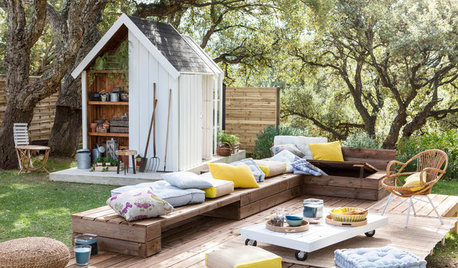
MOST POPULAR10 Lounge-Worthy Patios, Porches and Decks
Little touches like lighting and a cushy spot to sink into can transform any outdoor space
Full Story






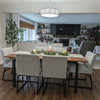

billybishop